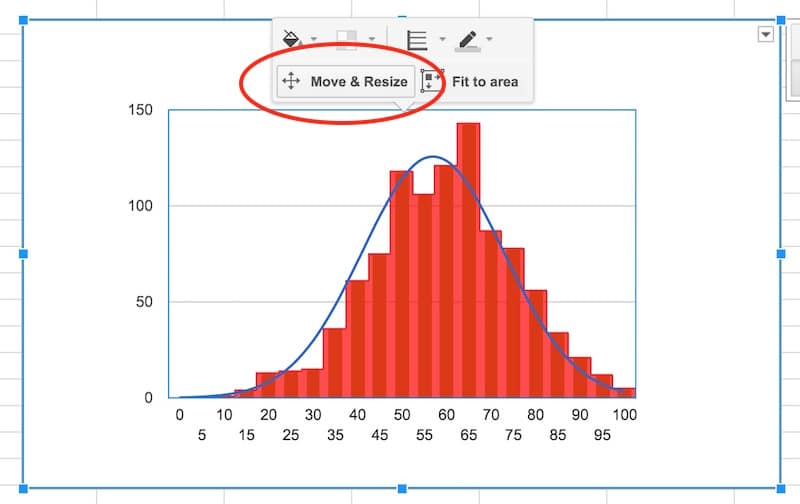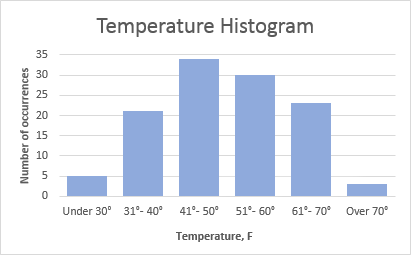
Note that this pseudo-bar graph approach (still an X-Y plot as far as Prism is concerned) results in easier-to-read bin center labeling, so you may want to use it even if you're not interested in superimposing a line on the graph. Increase the symbol size, which will widen the "bars", if desired.

This produces "spikes" or bars in place of point symbols. Remove the connecting line, click the "Symbols" check box, and change the symbol shape to one of the last four choices. To do that, rather than changing the graph type, leave it as an X-Y plot. Some users like to superimpose a line showing a fitted Gaussian distribution. In the illustration below, we reduced the horizontal axis label font size to accommodate the numerous bin center labels: Graph Type", then choose "Graph Type: Bar Chart". The quickest way to convert to a bar histogram is to click "Change. When the analysis is complete, a Results sheet appears showing values Prism has computed for the frequency distribution:Ĭlick on the newly generated graph sheet to view a line graph of that distribution: Note that you can manually set bin widths in this dialog, or you can allow Prism to do that for you. In the Parameters dialog, check the box to "Create a new graph of the results". Enter your raw data in the first column (only part of the table for this example is shown below):Ĭlick "Analyze" and choose "Statistical Analyses. Prism 3: Set up a table formatted as follows: X column = None (column graph), Y columns = A single column of values. Prism 4: Consult the section entitled "Histograms from Raw Data, using Automatic Frequency Computation" in this learning example. Prism 5: See this step by step explanation in the Prism 5 Help system. Prism 7: This page in the Prism 7 guide helps explains.
#HISTOGRAM MAKER WITH LABELS HOW TO#
The easiest way to create a histogram using Matplotlib, is simply to call the hist function: plt.Frequency Distribution Histogram How to do it with Prismįor the latest guide on how to create a frequency distribution histogram in Prism, visit the user guide on creating a Prism histogram. Tip! If you’re working in the Jupyter environment, be sure to include the %matplotlib inline Jupyter magic to display the histogram inline. This hist function takes a number of arguments, the key one being the bins argument, which specifies the number of equal-width bins in the range. To create a histogram in Python using Matplotlib, you can use the hist() function. Creating a Histogram in Python with Matplotlib It might make sense to split the data in 5-year increments. We can see from the data above that the data goes up to 43. We can then create histograms using Python on the age column, to visualize the distribution of that variable.

We’ll use the data from my eBook Introduction to Python for Data Science – specifically, the age column. Let’s begin by loading the required libraries and our dataset.

The histogram can turn a frequency table of binned data into a helpful visualization: Loading our Dataset If you want to learn how to create your own bins for data, you can check out my tutorial on binning data with Pandas. The shape of the histogram displays the spread of a continuous sample of data.

The taller the bar, the more data falls into that range.


 0 kommentar(er)
0 kommentar(er)
